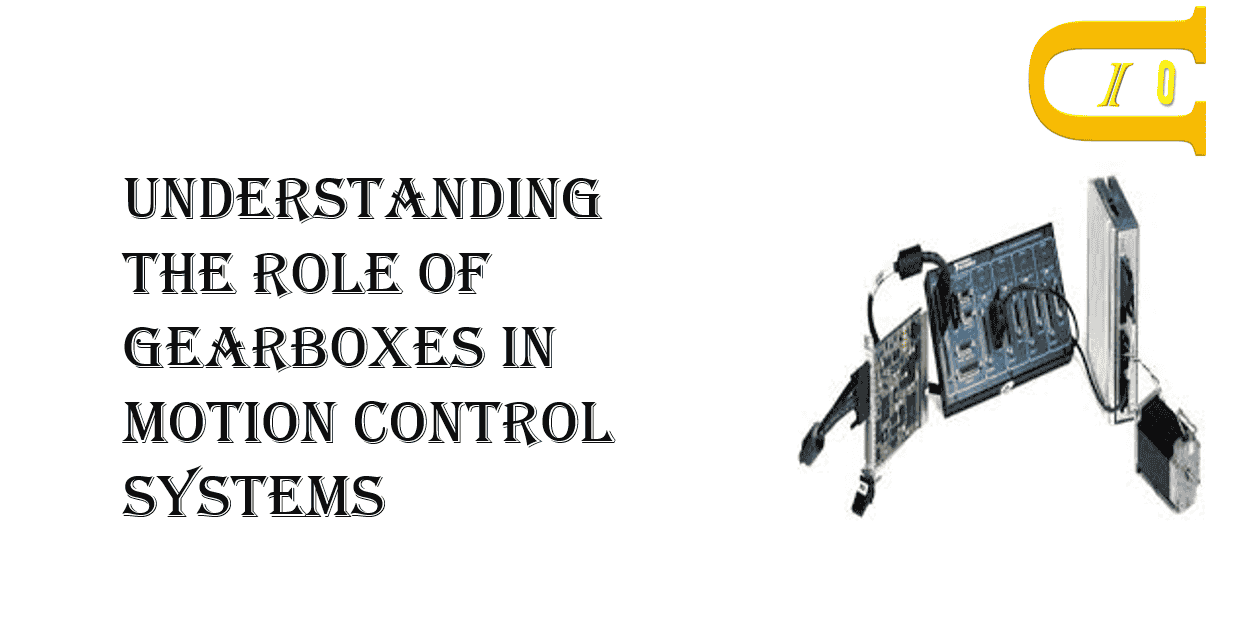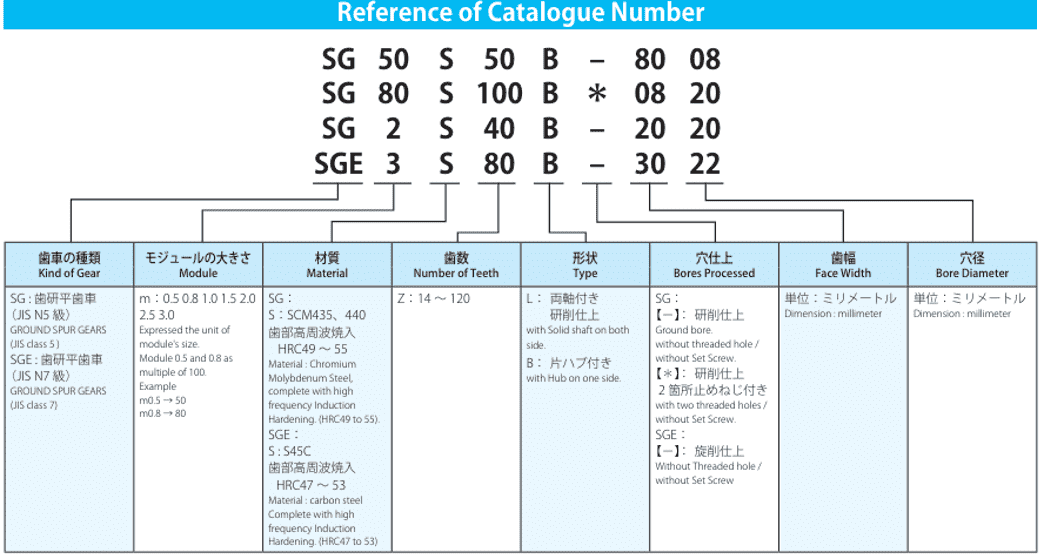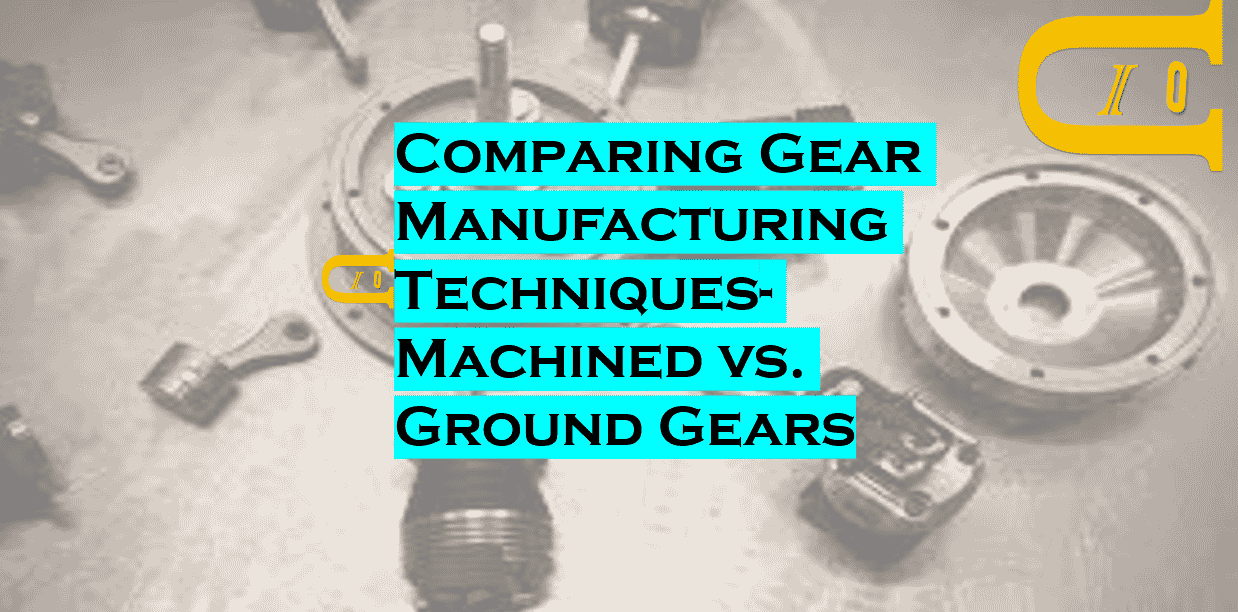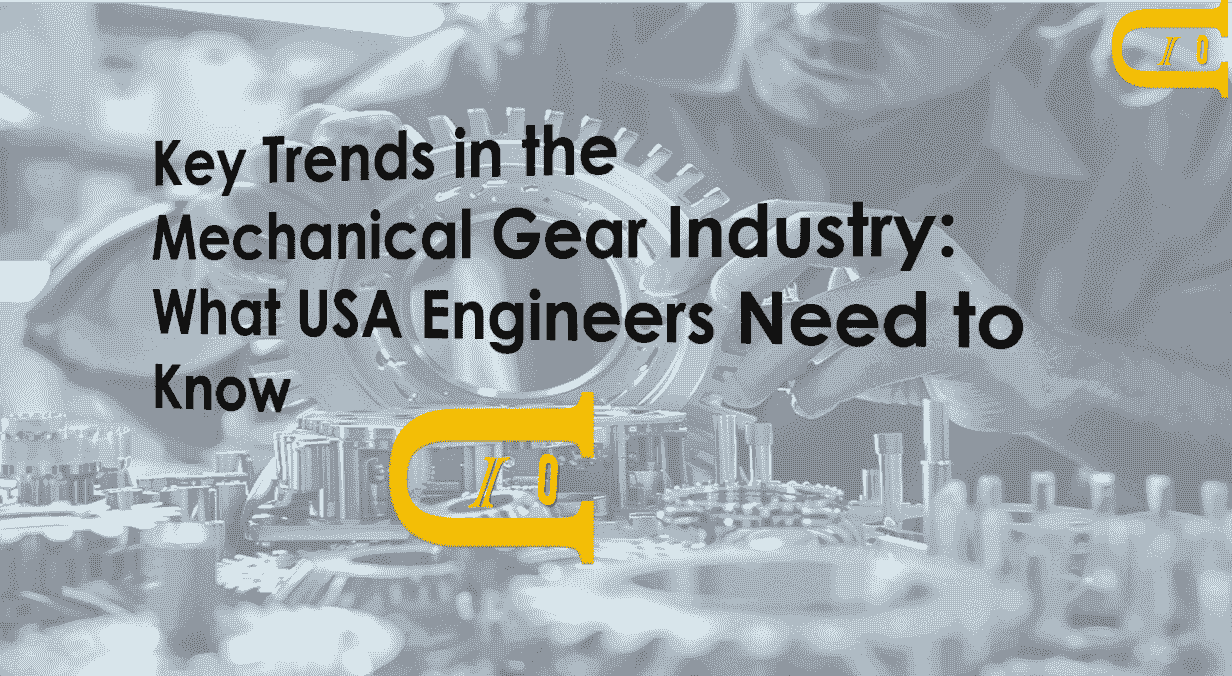Understanding the Role of Gearboxes in Motion Control Systems

Understanding the Role of Gearboxes in Motion Control Systems
In the world of modern machinery, motion control systems are the backbone of precision and efficiency. These systems are crucial for a wide range of applications, from industrial automation to robotics, offering accurate control of speed, position, and torque. However, behind the seamless operation of motion control systems lies a key component: the gearbox. Gearboxes play an essential role in transmitting and modifying mechanical power, ensuring smooth and controlled motion. In this article, we will delve into the importance of gearboxes in motion control systems, exploring how gearbox technology and gearbox solutions contribute to the overall performance of these systems.
Table of Contents
What are Motion Control Systems?
Motion control systems are integrated systems designed to control the movement of machinery or equipment. These systems utilize a combination of motors, controllers, sensors, and actuators to regulate motion, providing precise control over variables such as speed, torque, and position. Motion control is essential in industries such as manufacturing, aerospace, robotics, and automotive, where high levels of accuracy and repeatability are required.
A typical motion control system includes the following components:
- Motor: Provides the necessary power for movement.
- Controller: Directs the motor based on input commands.
- Sensor: Monitors the position, speed, or force of the moving parts.
- Actuator: Transforms electrical signals into mechanical motion.
While these components are crucial to a motion control system's functionality, the role of the gearbox is often underestimated. Let’s take a closer look at how gearboxes work in conjunction with these systems to deliver exceptional performance.
The Role of Gearboxes in Motion Control Systems
A gearbox, also known as a transmission, is a mechanical device that modifies the speed, torque, or direction of an input shaft’s motion. Gearboxes are typically composed of a series of gears that mesh together to achieve the desired output. In motion control systems, gearboxes are used to optimize motor performance by adjusting the speed or increasing the torque to meet specific application requirements.
Here are the key ways in which gearboxes contribute to motion control systems:
1. Speed and Torque Adjustment
One of the primary functions of a gearbox in motion control systems is to adjust the speed and torque output of the motor. Motors are designed to operate efficiently at specific speeds, but not all applications require the same output. By using a gearbox, the motor's speed can be reduced while increasing its torque. This is particularly useful in applications that require low-speed, high-torque motion, such as conveyor belts, robotics, or heavy machinery.
2. Precision and Accuracy
Gearboxes help ensure precise and accurate movement, a crucial factor in motion control systems. When motors alone are used to control motion, there can be inaccuracies or unwanted vibrations. Gearbox technology offers a higher level of control over the output motion, ensuring that mechanical movements are smooth and consistent. This is especially important in robotic arms, CNC machines, and other applications where precise positioning is essential.
3. Efficiency and Performance
In motion control systems, efficiency is paramount. Gearboxes enhance the overall efficiency of the system by ensuring that power from the motor is used optimally. With the right gearbox solution, energy losses are minimized, and the motor can work at its most efficient level. Gearboxes also help to distribute the mechanical load evenly across the system, preventing excessive wear and tear on the motor and other components.
4. Load Distribution
In motion control applications, load distribution is critical to prevent damage to the system. Gearboxes are designed to evenly distribute the load across multiple gears, which helps to extend the lifespan of the system. By using a gearbox, the load on the motor is reduced, preventing overheating and excessive strain, which could ultimately lead to system failure.
5. Customization for Specific Applications
Not all motion control applications are the same, and gearboxes offer a high level of customization. Gearbox solutions can be tailored to meet the unique needs of various industries. Whether it’s a high-precision application requiring minimal backlash or a heavy-duty system requiring robust torque handling, there are different types of gearboxes designed for specific tasks. For example, helical gears are ideal for high-speed, smooth motion, while worm gears are more suitable for applications requiring a high reduction ratio.
Types of Gearbox Technology Used in Motion Control Systems
The selection of gearbox technology is crucial to the performance of a motion control system. Different types of gearboxes offer various advantages depending on the application requirements. Below are some of the most commonly used gearbox technologies:
1. Helical Gearboxes
Helical gearboxes are widely used in motion control systems due to their efficiency and smooth operation. The helical design of the gears provides continuous mesh, reducing noise and vibration. These gearboxes are ideal for applications requiring high-speed operations, such as robotics and conveyors.
2. Planetary Gearboxes
Planetary gearboxes are known for their compact design and high torque density. These gearboxes are commonly used in precision applications like robotics and automation, where space is limited, but high torque and precision are required. The load distribution in planetary gearboxes helps to extend their lifespan and improve efficiency.
3. Worm Gearboxes
Worm gearboxes are often used in applications where a high reduction ratio is required, such as in elevators or winches. The self-locking feature of worm gears also makes them suitable for systems where backdriving (reverse motion) needs to be prevented. They are known for their robustness and ability to handle heavy loads.
4. Bevel Gearboxes
Bevel gearboxes are used when the direction of the shaft needs to be changed, such as in machinery where motors need to be mounted at right angles to the output shaft. They provide high torque output and are commonly found in automotive and conveyor systems.
Conclusion: The Importance of Gearboxes in Motion Control Systems
In motion control systems, the performance, efficiency, and reliability of the system depend heavily on the components that make up the system. Gearboxes, with their ability to adjust speed, torque, and direction, are essential in achieving the precise control needed for a wide range of applications. Whether it’s enhancing the efficiency of industrial machinery, improving the precision of robotic arms, or ensuring smooth motion in automated systems, gearbox solutions are indispensable.
As technology continues to evolve, the role of gearboxes in motion control systems will only become more critical. The continuous development of advanced gearbox technologies ensures that industries can meet the increasing demand for higher performance, reliability, and customization in their motion control systems. Therefore, understanding the importance of gearbox technology is crucial for anyone involved in the design, selection, or maintenance of motion control systems.
Related Products
Here are some relevant stats and facts to enhance the article on the role of gearboxes in motion control systems:
1. Global Gearbox Market Size and Growth
- The global gearbox market size was valued at approximately USD 27.5 billion in 2022 and is expected to expand at a compound annual growth rate (CAGR) of 5.7% from 2023 to 2030 (Source: Grand View Research).
- The growth in demand for gearbox technology is driven by its critical role in sectors like automation, robotics, and industrial machinery.
2. Applications of Gearboxes in Robotics
- Gearboxes are essential in industrial robots, which are expected to grow at a rate of 20% annually in terms of installed units, with global industrial robot sales reaching 500,000 units by 2026 (Source: International Federation of Robotics).
- Planetary gearboxes, in particular, are widely used in robotics due to their compact design and high torque density.
3. Efficiency Improvements with Gearbox Solutions
- According to a study by the Department of Mechanical Engineering at Stanford University, using high-quality gearboxes can improve the energy efficiency of a motion control system by up to 30%, depending on the application.
- Gearboxes also help in reducing mechanical losses, making motion control systems more sustainable and cost-effective.
4. Torque and Speed Control
- Gearboxes can significantly alter the torque and speed of a motor. For example, a gear reduction of 5:1 in a planetary gearbox will reduce the speed of the motor by 80%, while multiplying the torque by 5 times, which is critical in industrial applications requiring high power at low speeds.
5. Robustness of Gearbox Types
- Worm gearboxes are widely regarded for their ability to achieve high reduction ratios, often in excess of 100:1. They are commonly used in applications such as lifts, winches, and heavy-duty conveyors.
- The efficiency of helical gearboxes typically ranges between 94% and 98%, making them highly efficient for high-speed applications like conveyors and packaging machinery.
6. Gearbox Customization for Industrial Applications
- The customization of gearboxes is on the rise due to specific industrial needs. For example, custom-built gearboxes for aerospace applications are expected to grow at a CAGR of 7% between 2022 and 2030, as per market trends.
- Gearboxes designed for precision applications, such as CNC machines, can have backlash as low as 1 arcminute, ensuring ultra-precise motion.
7. Cost Savings in Manufacturing
- In motion control systems, using high-efficiency gearboxes can lower maintenance costs by up to 25% over the lifespan of machinery, as reported by the American Gear Manufacturers Association.
- The lifespan of gearboxes in motion control applications can range between 10,000 to 50,000 hours, depending on the quality and load conditions.




